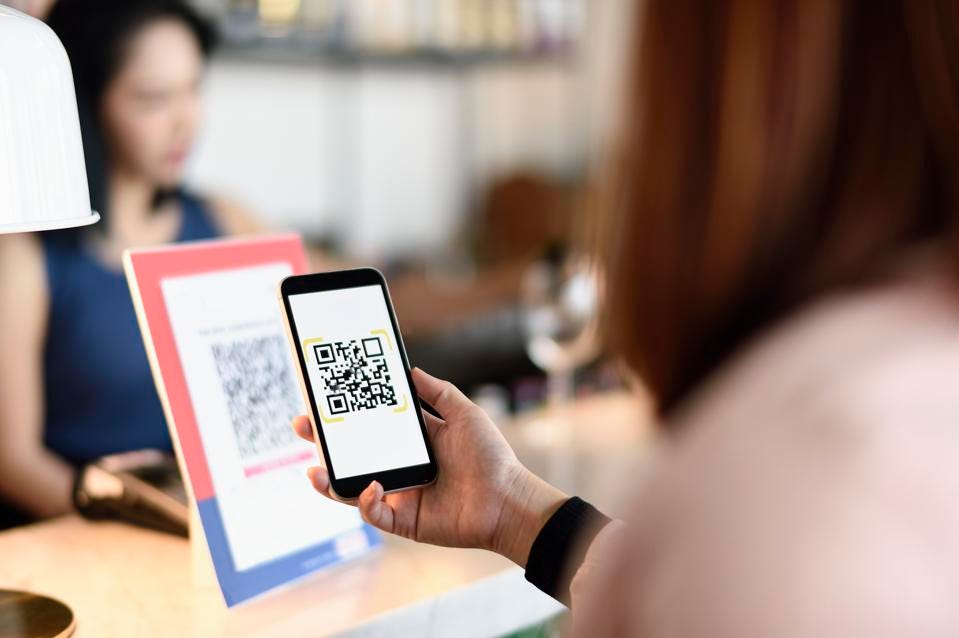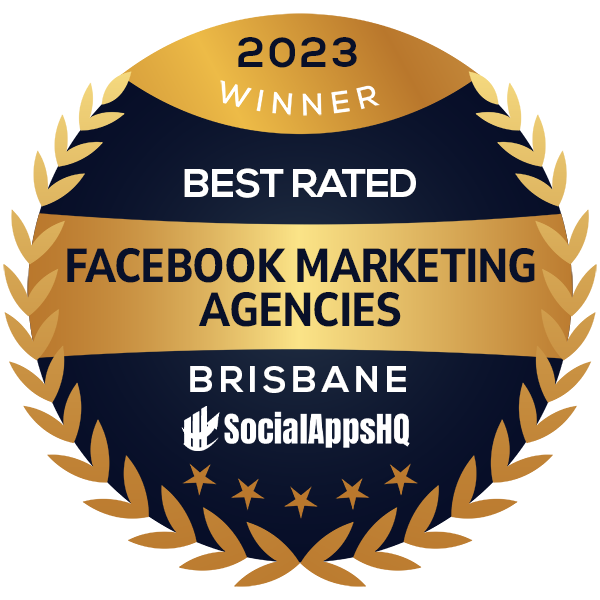QR codes have many different use cases and with a little creativity, the possibilities are endless. In this article, I share how to make the use of QR codes effective, things you’ll need to consider and common mistakes to avoid.
Ready? Then let’s delve in!
QR codes are a great way to remove the boundary between print and online media. QR code is short for ‘quick respond code‘ and the reason they have gained in popularity in recent years is that it’s much easier and faster for someone to scan a code using their phone than it is to enter a long URL into the browser bar.
Some time ago, you were required to have a special QR code reader app in order to scan one, but Apple, Google and Co have since integrated this functionality into their native camera apps, eliminating the hurdle of having to download a separate app.
5 Ways to use QR codes in your business and marketing activities
Here are a few ideas for how you can effectively use QR codes in your business.
1. Link to your menu or list of services
You can use QR codes to link directly to a menu or services page on your website. Many cafes and restaurants have adopted this technology, as it makes it a lot easier to update their menus on the fly without having to reprint them every time. Some even take it a step further and link to an online ordering platform, so customers can order directly through their phone.
2. Offer a free download, a free trial or a discount coupon
QR codes make a fantastic tool for lead generation. Whether you’re running a brick and mortar business with a shop front, a popup store or a market stall, you can use QR technology to link to a simple landing page where people can enter their details (usually their name and email) in return for a freebie. This is a great way to fast-track your lead generation – even on the go.
3. Use it to let your customers make a booking or schedule a meeting
Know those times you have to email back and forth multiple times just to find a suitable time to meet? This can easily be avoided with a simple scheduling tool like Calendly, for example. Once set up, you can have the QR code take your customers straight to the booking page. You can have the QR code printed on your business cards, brochures, even billboards.
4. Visit a specific page on your website
Sometimes, you may like to explain or showcase more than fits on a brochure or product fact sheet. Using a QR code, you can link directly to any page of your website, allowing people to discover more about your services or products. There’s so much more you can do on a webpage than you could ever do in print. For example, you can embed videos, use forms to collect feedback or other information, offer an interactive quiz, display helpful charts or animations, and so much more to help your customers connect.
5. Link to your social media accounts
QR codes are a quick and easy way to connect your audience with your social media accounts. Link directly to your Instagram, Facebook or LinkedIn account – or why not create a page that links to all of the above and more?
BONUS TIP:
One of the fastest ways to grow your audience is using a giveaway or competition. Use a QR code to a dedicated landing page where people can enter to win. If you don’t know how to create a professional landing page or add pages to your website, this can be easily achieved with a free Google Form.
Common mistakes when using QR Codes
Now that you know how you can effectively use QR codes in your business, let’s look at some common mistakes we should avoid.
1. Using a low-quality image
When printing low-quality graphics, they can quickly look unclear and become unscannable. When creating your QR code, be sure to download it in high resolution (300dpi or more) to ensure it looks clear when printed.
2. Not testing your QR code before printing
It is advisable to print a sample of your brochure or business card to check if your QR code scans properly and actually takes people to the correct link. Especially when printing multiple marketing materials that use different codes, it’s easy to get mixed up. Test each one separately to make sure each code is in its rightful place.
3. Using QR codes on Facebook or in other mobile apps
The whole purpose of a QR code is to take people from one device onto their own smartphone. Posting a QR code on Facebook or Instagram makes little sense, as people are most likely be looking at it on their phone already. In this case, a simple clickable link will make much more sense.
For some of my clients, I have embedded a QR code to schedule appointments on their contact page. However, it only shows when viewed on a desktop computer. When the page is opened on a mobile device, it changes to a button they can simply click.
Always ask yourself if it will be easier for people to scan a QR code or if a simple link may be a more elegant solution.
How do I create a QR code?
Creating your own unique QR code is easy and fast. There are a number of websites available that let you create QR codes for free. Some even let you customise your QR code by changing colours, embedding a logo and more.
Note: The important thing is that you download the generated code in high resolution (300dpi or more) to make sure it looks clear and scans correctly when printed.
Here are a few websites offering free online QR code generators:
https://www.qr-code-generator.com
https://www.the-qrcode-generator.com
Have you used QR codes in your business before? If so, how?

 Done Digital
Done Digital


